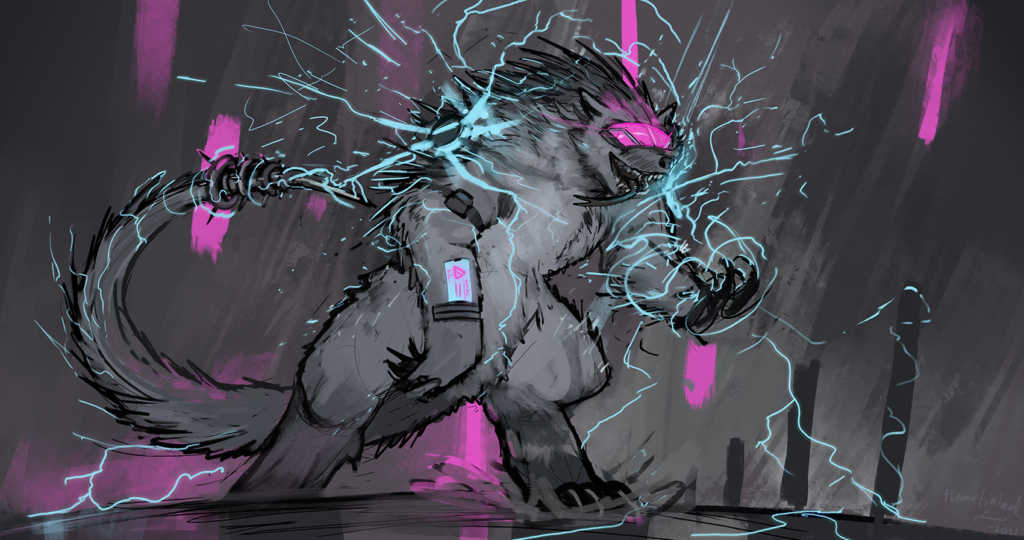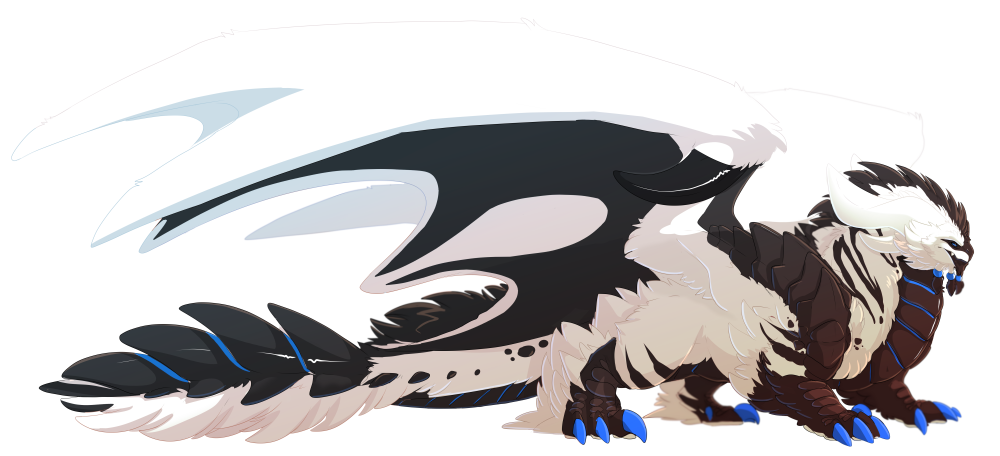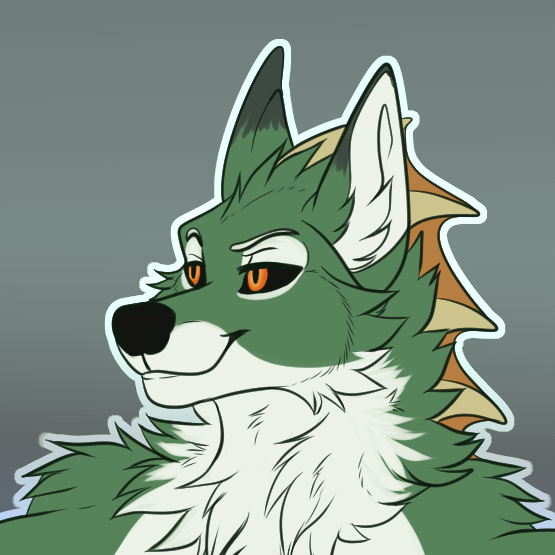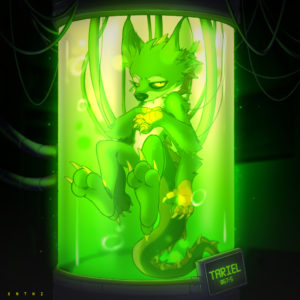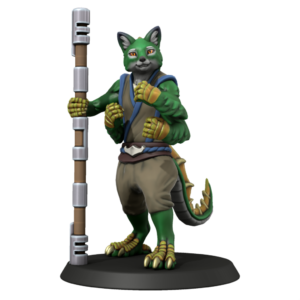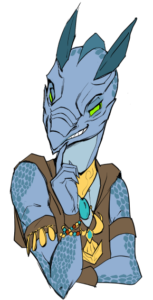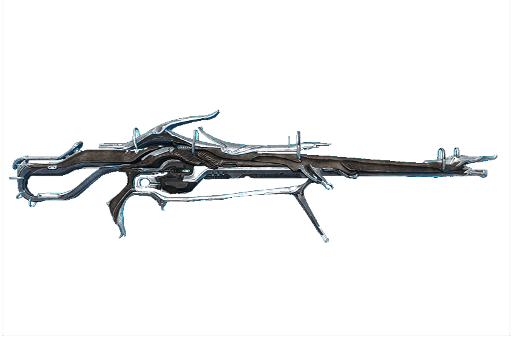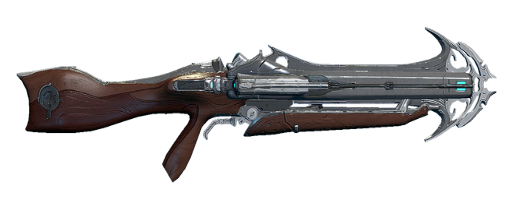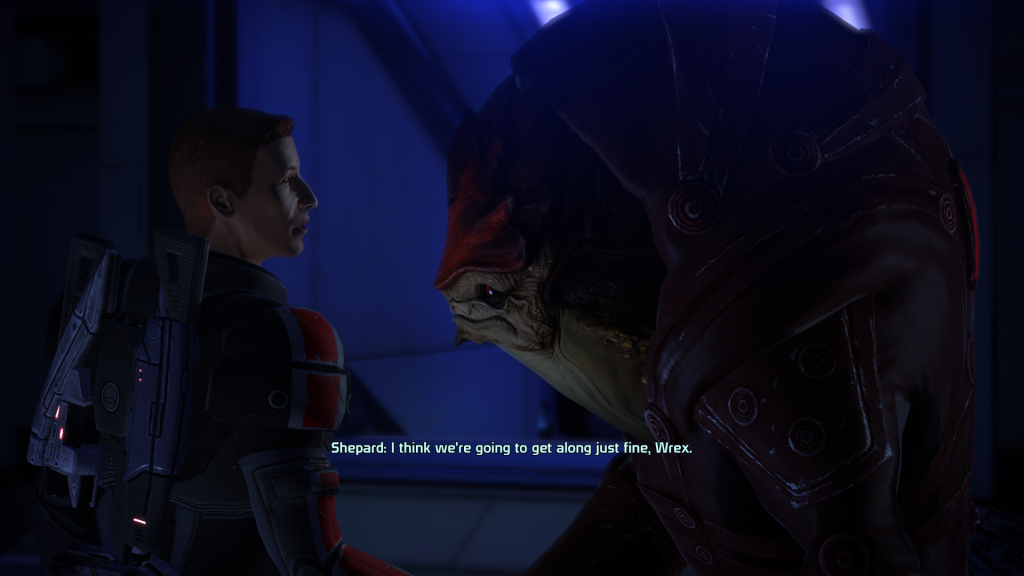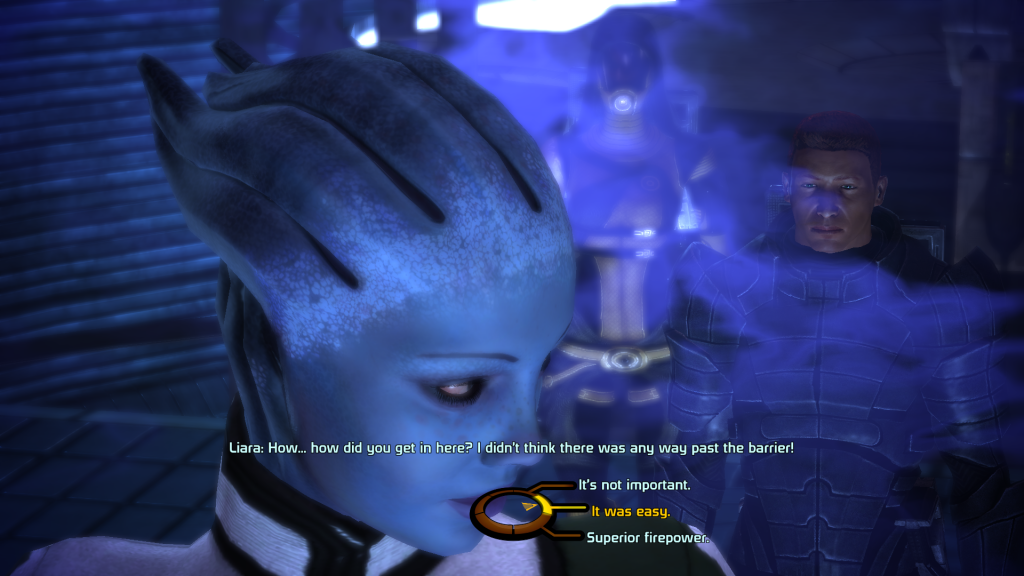Blaugust Post #22
This was supposed to be a post months ago, but it got written on paper and never typed up. I’ve since lost it.
Risk of rain is a mostly platformer with rogue-like elements. It’s (so far) my favorite example of such, although it’s quickly becoming a crowded genre (Spleunky, Rogue Legacy, and the recent Warlocks Vs. Shadows all qualify). I find Risk of Rain interesting largely because of the risk/reward mechanism of its time mechanic.
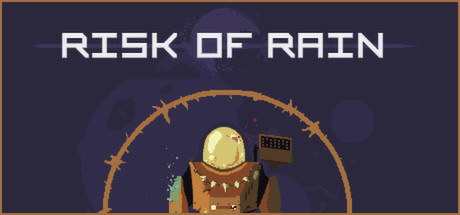
Drizzle
The primary goal of Risk of Rain is to get to the final level (which is always the UES Contact Light), beat the final boss, and leave the planet that you crashed on. This is accomplished by playing through a minimum of 5 other levels, finding and activating the teleporter in each level, and surviving through the wave of enemies that assault you when you do this. Enemies also spawn naturally over time, at a rate determined by what level you’re on, and how long you’ve been playing the current game. The largest difference in difficulty settings is how quickly this process occurs.
There are 12 characters, 11 of which must be unlocked, and 10 different stages, where which ones you visit are determined semi-randomly. Each of the first 4 levels will be one of 2 options, level 5 is always the Ancient Temple. After that, you can either start revisiting levels or move on to the end of the game. Along the way you will pick up a wide variety of items, mostly randomly determined. There are a few places to influence what items you get, as well as a really big way that you can eventually unlock.
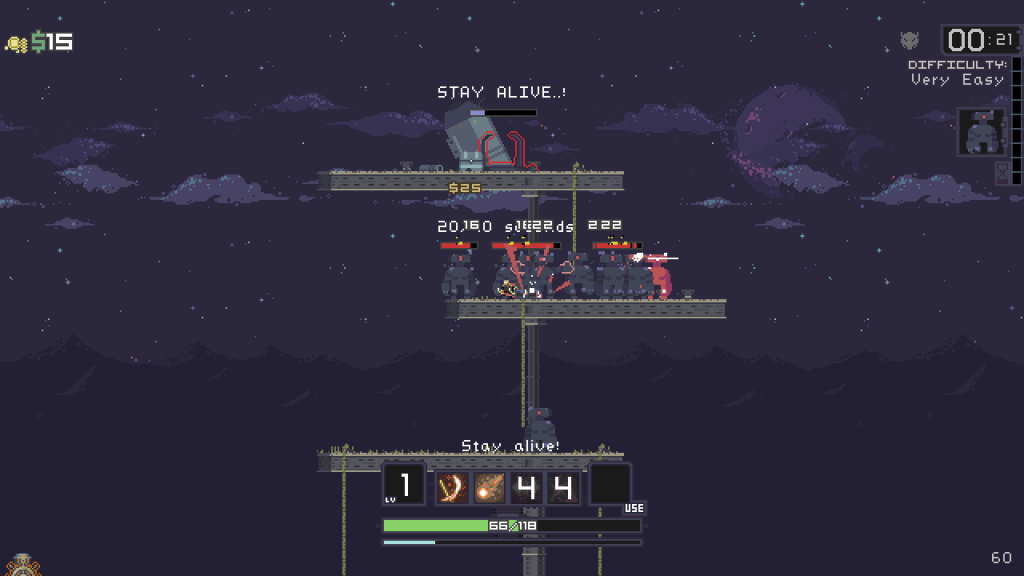
Rainstorm
One of the more interesting things about Risk of rain to me is the character variety. You start off with just the commando, who is fairly decent, but I find somewhat boring. The thing is, starting out, you’re going to die on the first level. You’re going to die on the first level probably more than once. Despite this, you can be making progress toward unlocking the other characters. Beating the three boss options on level 1 will unlock the enforcer. Collecting enough drones will eventually get you the engineer. Enough monster logs will get you the huntress, but there aren’t actually enough monster types until you get to the second level(s) consistently.
Then there are the ones that you won’t unlock by chance. The Sniper requires that you beat the game once, and the Mercenary that you do it 5 times. There are also a few that you need to find, which requires that you a) get the right level, and b) get the version that has that character. HAN-D is a bit easier (in a manner of speaking) because he’s in the final stage, and will therefore always be there if you can get that far.
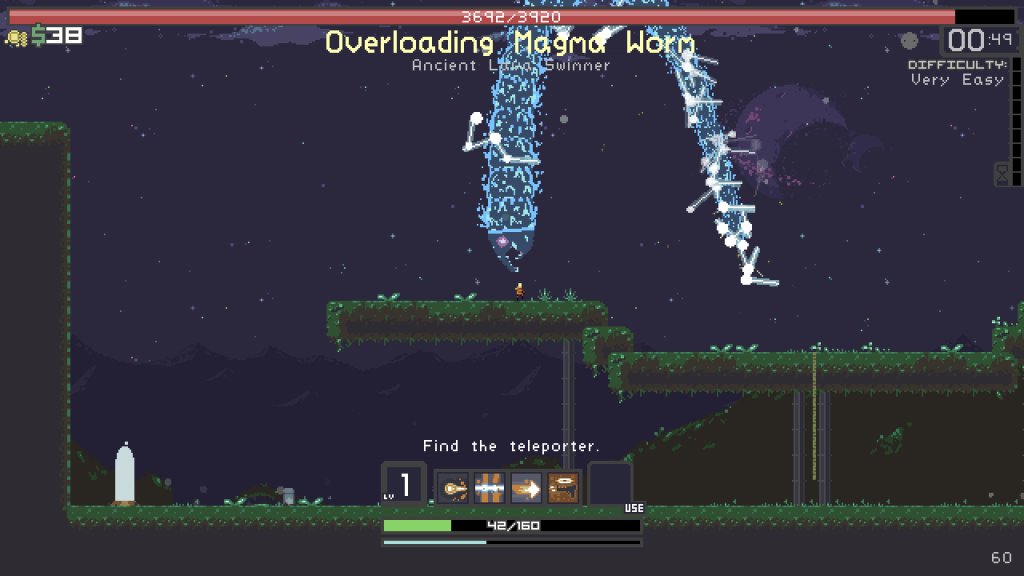
Monsoon
The other interesting thing is the item selection. The longer you spend on a stage, the more money you have to open chests and get items, but the harder the enemies will be, making for a generally enjoyable risk/reward mechanism. Some items are better for some characters than others: Acrid tends to kill things while they’re clumped up, so the item that causes enemies to explode on death is amazing. The command attacks extremely quickly, and so gets more out of items like the ukulele or missiles.
Recently artifacts were added, and these let you modify the game in some ways, which can make things easier or harder, depending. One in particular, Command, allows you to choose what items you get (within the bounds of rarity). Glass cuts your health to only 10%, but makes you do significantly more damage.
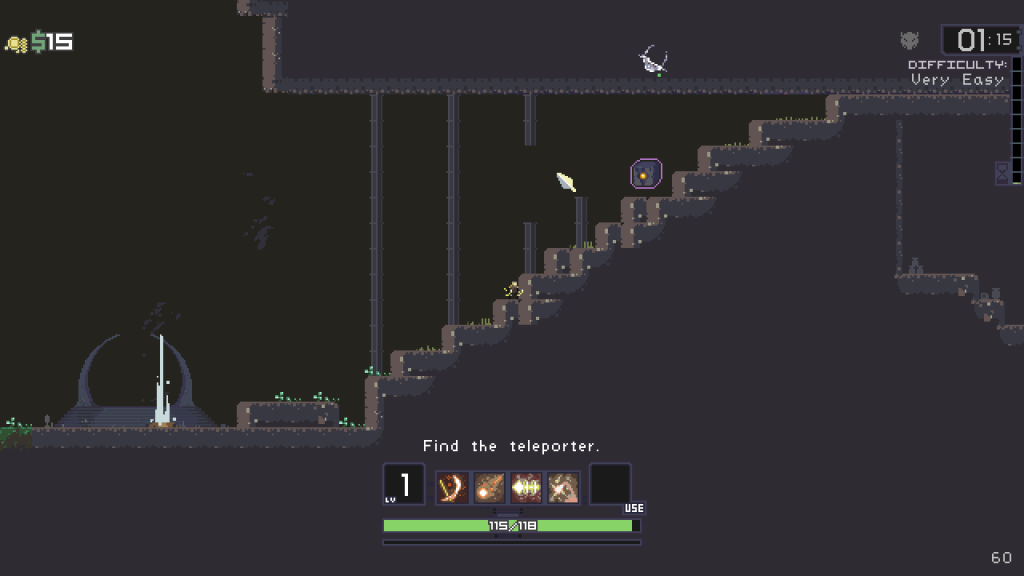
Co-op doesn’t use Steamworks, so it’s a little iffy. Even so, this is one of the best small indie games I’ve experienced. It goes on sale for very few dollars pretty often, so take a look.


